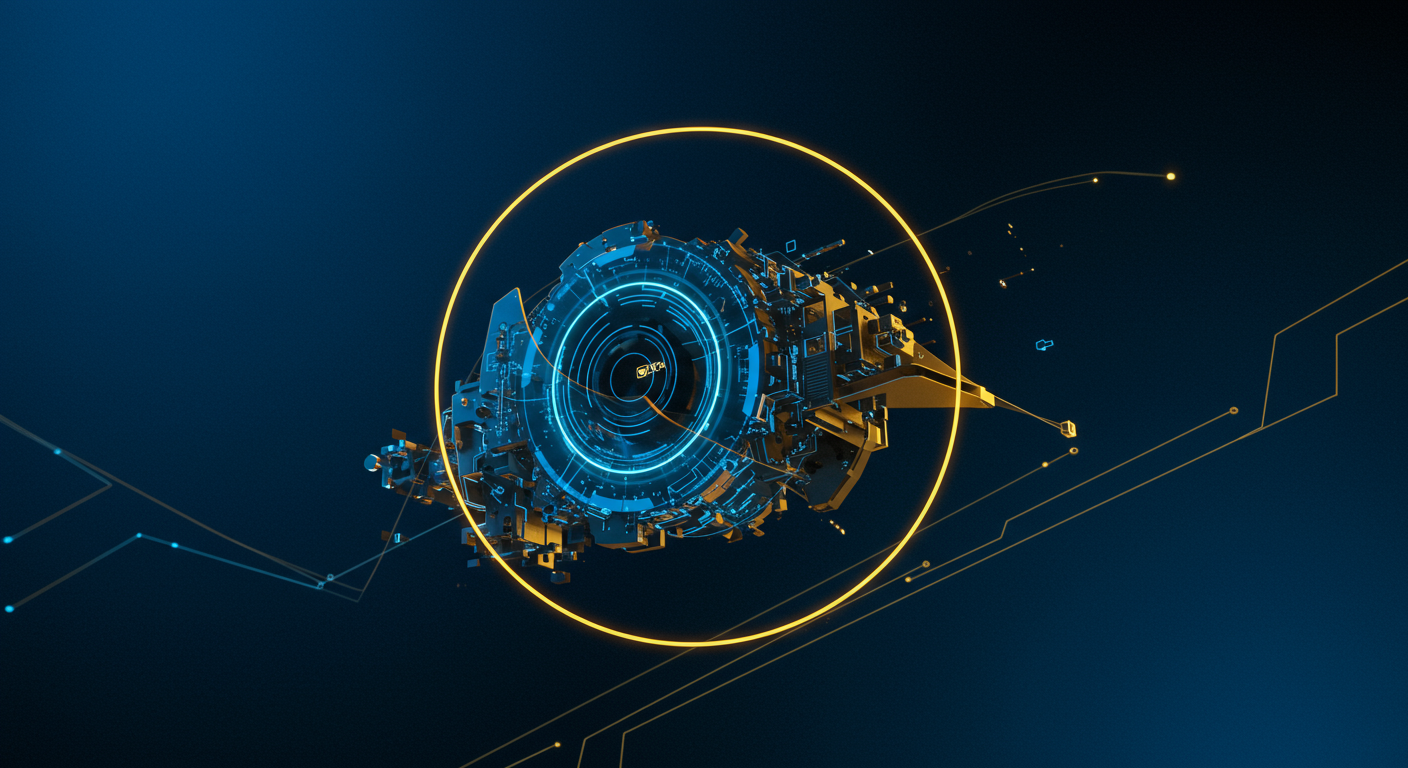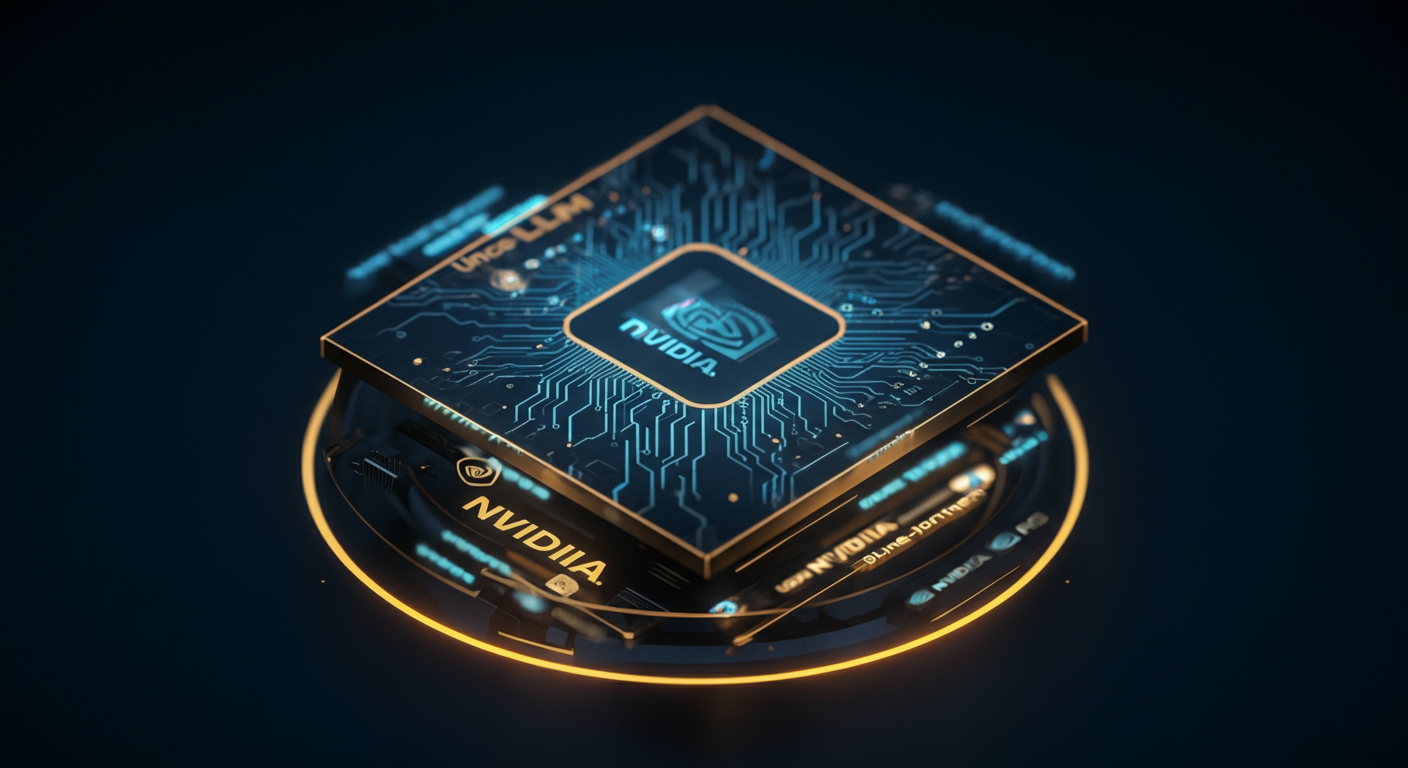Multifactor Authentication: The Definitive Guide to Enhanced Security

Multifactor authentication is quickly becoming the non-negotiable standard for online security, adding critical layers of protection to our digital lives.
Understanding the Basics
Multifactor authentication (MFA) verifies a user's identity using two or more factors. These factors generally fall into these categories:- Something you know: This is your traditional password or PIN.
- Something you have: This is a physical item, like a security key or a one-time code sent to your phone.
- Something you are: This involves biometrics, such as fingerprint scanning or facial recognition.
The Evolution and Importance of MFA
The history of MFA is rooted in military and government security, with early forms appearing in the 20th century to protect sensitive information. Now, its growing importance stems from the increasing sophistication of cyber threats. Using MFA, even if a hacker manages to steal your password through phishing or other methods, they still need that second factor to breach your account. You might also find a guide to finding the best AI tool directory useful in exploring current tool innovations.Common Misconceptions and Limitations
Many believe MFA is foolproof, but it has limitations.- Bypass Methods: Skilled attackers can still find ways to bypass MFA, such as through social engineering or exploiting vulnerabilities in the implementation.
- User Fatigue: Some users find MFA cumbersome, leading to inconsistent usage or insecure practices.
It's tempting to think of passwords as security's magic bullet, but in reality, they're more like a rusty slingshot.
Knowledge Factors: What You Know
Think of knowledge factors as things only you should know.- Passwords: The classic, and often weakest, link. Complex passwords are great, but easily forgotten.
- PINs: Short and sweet, but vulnerable to shoulder surfing.
- Security questions: Remember your childhood best friend’s name ten years from now? Yeah, neither do most hackers.
Possession Factors: What You Have
These involve physical or digital items in your possession.- One-Time Passwords (OTP): Sent via SMS (not ideal, SIM swapping is a risk) or generated by authenticator apps.
- Authenticator Apps: Like Google Authenticator or Authy, generate time-based codes.
- Security Keys: Such as YubiKey, offer strong protection. A physical key requires a physical presence, adding a crucial layer.
Inherence Factors: Who You Are
This leverages unique biological traits.- Biometrics: Fingerprint scanning, facial recognition, voice recognition. Convenient, but concerns about data privacy and spoofing exist. It's worth remembering that even the best biometrics can be compromised.
Location and Time: The When and Where

Less common, but still viable.
- Geo-location Based Authentication: Allows or denies access based on your current location.
- IP Address Whitelisting: Restricts access to trusted networks.
- Time-based Factors: Using TOTP algorithms that change at specific intervals.
Implementing MFA: A Step-by-Step Guide is essential for bolstering your organization's digital defenses.
Assessing Your Security Needs
Before diving in, it's crucial to assess your organization's security vulnerabilities and compliance requirements. Consider:
- Data Sensitivity: What data needs the most protection?
- User Access: Who needs access, and what are their roles?
- Compliance Requirements: Are there industry or regulatory standards like GDPR that you need to meet?
Integrating MFA with Existing Systems
Integrating MFA seamlessly can be tricky, but it is achievable.
Ensure compatibility with existing systems. For example, if you use Active Directory for user management, find an MFA solution that integrates directly.
- API Integration: Leverage APIs for integration with applications
- SSO Integration: Use Single Sign-On (SSO) to simplify user access
User Enrollment and Training
User adoption is key to a successful MFA implementation. Educate your users, create easy enrollment processes, and provide ongoing support.
- Simplified Enrollment: Offer multiple enrollment options.
- Comprehensive Training: Explain the "why" behind MFA to increase buy-in.
Creating a Robust MFA Policy
A well-defined MFA policy should balance security with usability. Robust Access Controls are crucial. Consider:
- Acceptable Use: Define which resources require MFA.
- Device Management: Manage personal and company-issued devices.
Testing and Monitoring
Regular testing ensures effectiveness. Employ automated monitoring tools for real-time alerts on suspicious activity. Consider:
- Regular Audits: Conduct frequent audits to identify loopholes.
- Security Information and Event Management (SIEM): Integrate MFA logs into a SIEM system.
By carefully planning and executing these steps, you can significantly enhance your organization's security posture while maintaining usability. Let's move on to discussing specific MFA technologies and their pros and cons.
MFA isn't just a best practice; it's often a legal requirement for protecting sensitive data.
Navigating the Compliance Landscape
Multifactor authentication compliance requirements aren't uniform; they depend on your industry and the data you handle. For example:- Healthcare (HIPAA): The Health Insurance Portability and Accountability Act requires covered entities to implement security measures that ensure confidentiality, integrity, and availability of protected health information. MFA is vital for controlling access.
- Finance (PCI DSS): The Payment Card Industry Data Security Standard mandates MFA for personnel with access to cardholder data to prevent unauthorized transactions.
- Data Privacy (GDPR): The General Data Protection Regulation emphasizes data security, making MFA a key measure to protect EU citizens' personal data from unauthorized access and breaches.
Specific MFA Requirements
Compliance standards often outline specific MFA implementation guidelines. These include:- Requiring at least two different authentication factors (something you know, something you have, something you are).
- Ensuring strong authentication methods are used.
- Regularly reviewing and updating MFA configurations.
Auditing, Reporting, and Regulatory Bodies

Compliance doesn't end with implementation. You must also:
- Implement auditing mechanisms to monitor MFA usage and detect anomalies.
- Generate reports demonstrating MFA adherence for compliance audits.
- Be aware of regulatory bodies such as the FTC or state-level data protection agencies that enforce these standards.
Multifactor authentication is evolving faster than ever, moving beyond simple codes to sophisticated, intelligent systems. Let's explore the exciting emerging trends that are shaping the future of multifactor authentication technology.
Passwordless Authentication
Traditional passwords, with their inherent vulnerabilities, may soon become a relic of the past thanks to passwordless authentication.- How it works: Utilizes biometrics, security keys, or one-time codes sent to trusted devices.
- The appeal: Enhanced security and a smoother user experience.
- Example: Imagine logging into your bank with just your fingerprint, rather than remembering a complex password.
Advancements in Biometrics
Biometric authentication is becoming more precise and reliable than ever before.- Improved Accuracy: Newer sensors and algorithms minimize false positives and negatives.
- Enhanced Security: Biometric data is often encrypted and stored securely, making it difficult to compromise.
Using AI for MFA
AI is revolutionizing multifactor authentication through smarter fraud detection.- AI-Powered Authentication: AI algorithms analyze login patterns, device information, and behavioral biometrics to identify anomalies.
- Fraud Prevention: AI algorithms adapt to evolving threat landscapes in real-time, enhancing security dynamically.
- Example: An AI system noticing an unusual login time, location, or device can trigger additional verification steps.
Continuous Authentication
"Security isn't a one-time event; it's a continuous process."
Continuous authentication constantly verifies user identity during a session.
- Dynamic Security: Adjusts security levels based on user behavior, location, and other contextual factors.
- Real-World Analogy: Think of it like a security guard who constantly monitors your behavior in a high-security building, rather than just checking your ID at the entrance.
Decentralized Identity
Decentralized identity empowers users with greater control over their personal data.- User-Centric Approach: Individuals manage their digital identities without relying on centralized authorities.
- Enhanced Security: Decentralized systems reduce the risk of large-scale data breaches, as there is no single point of failure.
MFA, while a robust security measure, can sometimes introduce usability and accessibility hurdles.
Streamlining the Authentication Process
One of the biggest multifactor authentication usability challenges is user frustration.- Reduce steps: Simplify login flows where possible. For instance, remember trusted devices for a set period.
- Context-aware authentication: Implement risk-based MFA. Only prompt for additional factors when suspicious activity is detected.
MFA Solutions for Users with Disabilities
Accessibility is crucial. It's no good having a system nobody can log into!- Alternative methods: Offer options like biometric authentication or hardware tokens for users unable to use SMS codes or authenticator apps.
- Assistive technology compatibility: Ensure MFA solutions work with screen readers and other assistive technologies. Accessibe helps with website accessibility for users of all abilities.
Managing Device Loss and User Education
- Recovery options: Provide clear procedures for users to recover access if they lose their MFA devices. Having backup codes is essential.
- Training is key: Educate users through Learn guides about MFA, its benefits, and best practices – empowering them to use it effectively and securely.
It's time to demystify the alphabet soup of authentication and understand the 'mfa vs 2fa security comparison.'
What's the Difference?
Think of authentication as a building with multiple security checkpoints; 2FA is like having two locks on the front door, while MFA uses multiple security layers, not just two.
2FA (Two-Factor Authentication): Verifies your identity using two factors. Typically, something you know (password) and something you have* (code from your phone).
> Example: Logging into your bank account with your password and a one-time code sent via SMS. MFA (Multifactor Authentication): Requires two or more authentication factors beyond* a password. This can involve a wider range of categories like:
- Something you know (password, PIN).
- Something you have (security token, smartphone).
- Something you are (biometrics – fingerprint, face ID).
Why MFA is Generally More Secure
MFA is inherently more robust because it introduces more layers of defense. If one factor is compromised, the other factors still protect your account. For example, using Microsoft Copilot and enabling MFA adds an extra layer to your data protection on the platform.When is 2FA Sufficient?
2FA can be adequate for lower-risk accounts. For accounts that don't store sensitive information. For situations where MFA would be too cumbersome. However, for banking, healthcare, or corporate accounts, MFA is the clear winner.
In the modern digital landscape, AI Glossary: Key Artificial Intelligence Terms Explained Simply is increasingly becoming a part of our daily lives. Securing accounts with MFA ensures you have a layered defense against unauthorized access. It's all about finding the right balance of security and usability.
Selecting the right MFA solution is paramount for robust security.
Evaluating MFA Vendors
Choosing the "best multifactor authentication solutions for business" requires a careful look at available vendors. It's not just about slapping on any MFA; it's about finding a solution that fits your specific needs.- Feature Set: Does the vendor support a wide range of authentication methods? Think beyond SMS and consider biometric options, hardware tokens, and push notifications.
- Pricing: MFA solutions vary widely in cost. Consider subscription fees, per-user charges, and potential hardware expenses.
- Integration Capabilities: How well does the MFA integrate with your existing systems? Seamless integration is crucial for a smooth user experience.
- Vendor lock-in: What protections does the organization need to have against vendor lock-in?
MFA Vendor Comparison Matrix
A comparison matrix is your friend. Here's a simplified example:| Vendor | Authentication Methods | Pricing | Integration | Scalability | User Experience |
|---|---|---|---|---|---|
| Vendor A | SMS, App-based codes | $X per user/month | Good | Excellent | Average |
| Vendor B | Biometrics, Hardware tokens | $Y per user/month | Average | Good | Excellent |
| Vendor C | SMS, Email Codes | $Z per organization | Excellent | Average | Good |
Real-world case studies offer insights into how different MFA solutions perform in various business environments. Look for examples relevant to your industry.
Key Considerations
Scalability, security, and user experience are critical.- Scalability: Can the solution handle your growing user base without performance degradation?
- Security: Is the MFA solution resistant to common attacks like phishing and SIM swapping?
- User Experience: Is the MFA solution easy for your employees to use? Frustration can lead to circumvention.
Keywords
multifactor authentication, MFA, two-factor authentication, 2FA, cybersecurity, authentication factors, passwordless authentication, biometrics, security keys, one-time password, OTP, TOTP, compliance, data security, account security
Hashtags
#MFA #MultifactorAuthentication #Cybersecurity #DataSecurity #Authentication
Recommended AI tools
ChatGPT
Conversational AI
AI research, productivity, and conversation—smarter thinking, deeper insights.
Sora
Video Generation
Create stunning, realistic videos and audio from text, images, or video—remix and collaborate with Sora, OpenAI’s advanced generative video app.
Google Gemini
Conversational AI
Your everyday Google AI assistant for creativity, research, and productivity
Perplexity
Search & Discovery
Clear answers from reliable sources, powered by AI.
DeepSeek
Conversational AI
Efficient open-weight AI models for advanced reasoning and research
Freepik AI Image Generator
Image Generation
Generate on-brand AI images from text, sketches, or photos—fast, realistic, and ready for commercial use.
About the Author

Written by
Dr. William Bobos
Dr. William Bobos (known as 'Dr. Bob') is a long-time AI expert focused on practical evaluations of AI tools and frameworks. He frequently tests new releases, reads academic papers, and tracks industry news to translate breakthroughs into real-world use. At Best AI Tools, he curates clear, actionable insights for builders, researchers, and decision-makers.
More from Dr.

